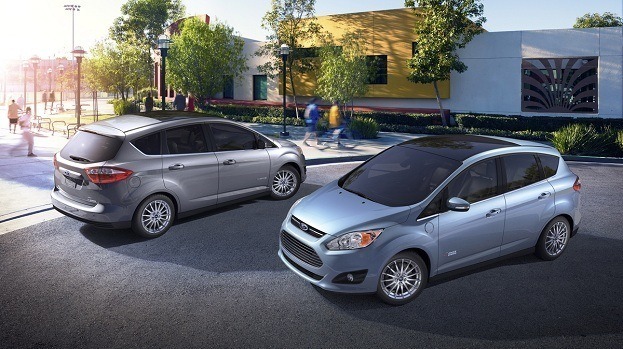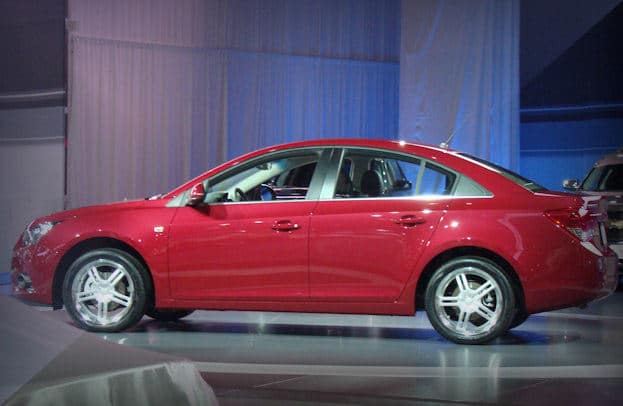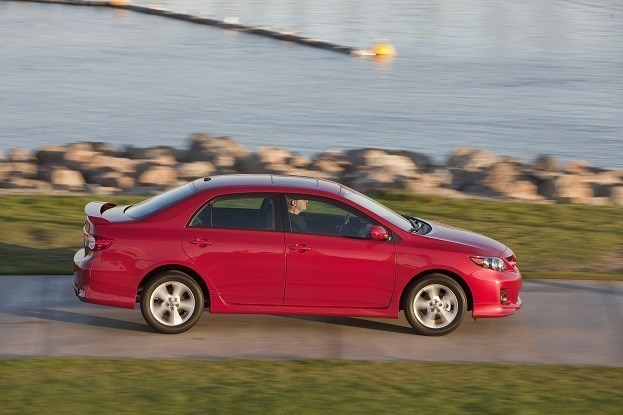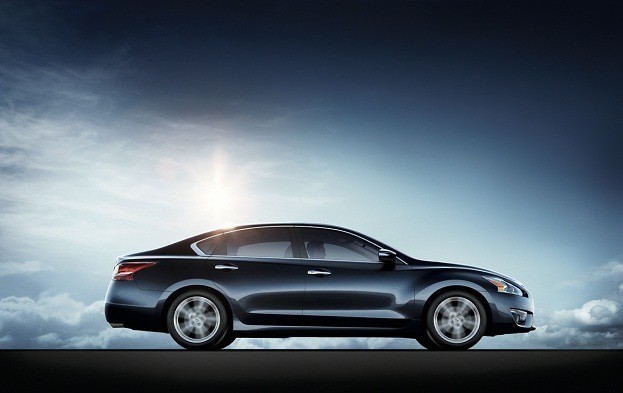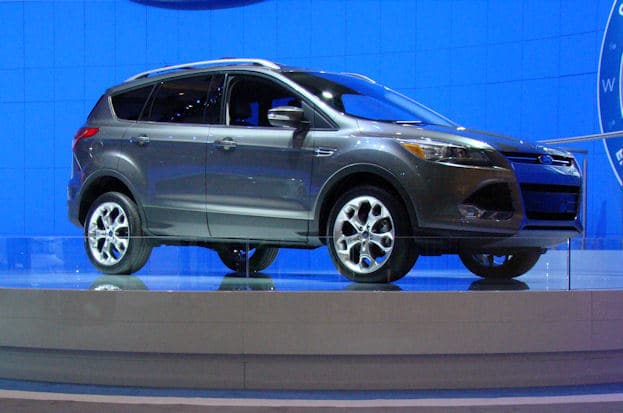Expected to adhere to constantly changing criteria driven by government and consumer fronts, automakers have utilized the practice of building multiple vehicles off a single platform. Existing as a kind of foundation for automotive designers, vehicle platforms represent a series of standardized parts that can conform to various cars, trucks and crossovers. Defining a standardized platform has provided car companies with the opportunity to maximize their market reach in a cost-effective manner.
In some cases, platform sharing results in nothing more than a lazy effort in brand engineering. Several General Motors products built in the past 20 years (such as the Chevrolet Cavalier based J body vehicles) qualified as less than stellar examples of platform diversity. In contrast, there are several examples where the modern auto industry has created products transcending across a single vehicle category. Today, a one platform can used to deliver coupes, sedans, wagons, crossovers and even electrified alternative powertrain vehicles.
The following is some of the more popular vehicle platforms that we not even know are the basis of so many products:
GM Delta II
In earlier iterations of small car platform sharing had resulted in a rather chilly reception among the North American market (let along the all-so-important global spectrum). Created accepting that a greater focus must be placed on the compact car category, General Motors commissioned the Delta II chassis as a bold move to capture international acclaim. In a way perhaps no one could have predicted, the GM Delta II platform delivered on provocative boasts by the automaker.
The GM Delta II platform debuted in production when the Chevrolet Cruze was introduced to the international market in 2008. A compact car that focused less on being a budget-oriented option, buyers of the Chevrolet Cruze were acquainted with a heightened level of refinement and build quality. As the Cruze arrived in North America, positive press on the Delta II platform Cruze allowed Chevrolet to become a serious challenger in the compact sedan category. European models have also been treated to the Chevy Cruze in hatchback and even a station wagon body style. For the 2012 model year, North American motorists received a Buick version of the compact sedan based on the Delta II platform called the Verano. Several markets excluding the United States (Canada included) received a utility compact Chevrolet Orlando on the Delta II serving to the diversity of the General Motors platform.
Serving not only gasoline and diesel powered vehicles, the Delta II became noteworthy for powering the first major production model of a plug-in hybrid vehicle. Adding a large battery, electric motor and reallocating a gasoline engine as a “range extender”, the Chevrolet Volt coasts on similar underpinnings as a Cruze. At the 2013 North American International Auto Show in Detroit, a Cadillac ELR becomes the latest recipient of the Delta II architecture.
Developing what will become the Delta III platform, General Motors has aligned with PSA Peugeot Citroen. The General Motors/PSA Peugeot Citroen collaboration of the future small car framework is targeted, not only, to provide a single platform architecture to a multitude of vehicles but also incorporate advanced materials for the lower cost automotive market.
Toyota MC Platform
An industry born from modesty after the Second World War, Japan’s auto sector has been mastering the technique of sharing as many components as possible to build a fleet of vehicles. Toyota can credit much of their growth (and their recent reclamation of the position as the world’s top-selling auto company) to the fact they have mastered the ability of creating a global line-up of cars and sport utility vehicles using a handful of platforms. Without much doubt, the Toyota MC platform exists as the backbone of the auto manufacturer’s success.
While the MC platform is not a household name, many of the Toyota-related products constructed on the single source of technology can be found near the top of vehicle sale charts. Produced since 2006, the Toyota MC platform has been applied to the construction of small to mid-sized cars, sport utility crossovers, and minivans. In fact, the vehicles using the MC platform architecture accounts for the majority of the over two million Toyota Motor Corporation vehicles sold during 2012 in North America. Under the Toyota brand, the Corolla, Camry, RAV4, Highlander, Prius hatchback and Sienna are currently produced on the MC platform. Toyota’s luxury brand Lexus and youth-oriented marque Scion also use the same underpinnings. The ability to create multiple products from roughly the same basis has been performed near seamlessly acting as a benchmark for all other auto companies.
Seven years on the market, a next-generation replacement for the Toyota MC platform is presently under development.
Nissan D Platform
Recognizing the high upfront engineering costs of a platform, many auto companies have realized that sharing development between brands can help to greatly optimize their resources. Japanese auto company Nissan has enjoyed a close strategic and financial partnership with French car builder Renault. From 2000, platform sharing between the two companies have become greater. A utility player in a global marketplace for the Nissan-Renault alliance, the D platform offers the footprint for a variety of mid-sized vehicles.
The successor to the platform known as the FF-L, the D platform features a growing variety of Nissan’s top front-wheel drive and all-wheel drive products. In 2007, the Nissan Altima became the first vehicle built on the D platform followed shortly by the Nissan Murano and the Maxima. In other parts of the world, the D architecture is used for the Renault Laguna and Latitude as well as for two vehicles built under the Renault Samsung name in South Korea. Demonstrated early on mostly sedans (with exception to the Murano), the mid-sized vehicle platform would show utility. The eight-passenger Elgrand minivan was first sold as a luxury product through much of the Asian continent during 2010. In 2011, the latest generation Nissan Quest was granted a striking redesign based on the D platform. The Nissan Pathfinder’s migration from a truck-based utility to a large crossover vehicle is another high capacity offering on the same underpinnings as several other vehicles. Thanks to the sharing of platforms, finding the new Nissan Altima in Dubai is now possible.
Ford C Platform
As Ford Motor Company has been flourishing in North America, many would say several international markets exists as areas where the 110 year-old auto company is required to show even greater focus (excuse the pun). Though Ford has had a global presence since the Model T, their attempts to keep a profitable worldwide business model has faced challenges. For the most part, Ford believed that the answer for the European market was unique vehicles catering to the market‘s preference for smaller cars. However, financial constraints, global reputation building and changed vehicle buying attitudes have led to Ford’s development of a consistent global line-up.
For the most part, that has involved the North American importation of vehicles such as the Ford Transit Connect and Ford Fiesta. The Ford Focus had also been the crown jewel to what was intended to be a strong global presence. While a rough in the United States and Canada hurt the Focus, it also became a case where Ford fell into old habits when the company decided to completely reengineer the European model on a newer C1 platform while North American audiences settled on a redesigned version based on the older C170 platform. For the 2012 model year, the Ford Focus was finally harmonized again under what is known as the global C platform.
The basis for compact vehicles, the 2012 Ford Focus was the first vehicle that introduced North American car buyers to their C platform. A year later, the all-new Ford Escape was treated to a significant remodel on the latest generation platform. An addition to the US market last year, the Ford C-Max multi-purpose vehicle also displays the C platform. Hybrid and Energi plug-in hybrid models of the Ford C-Max demonstrated how modern platform development now includes the versatile application of advanced powertrain compatibility.
Information and photo source: Chris Nagy, Ford Motor Company, General Motors, Nissan North America, Toyota Motor Corporation

